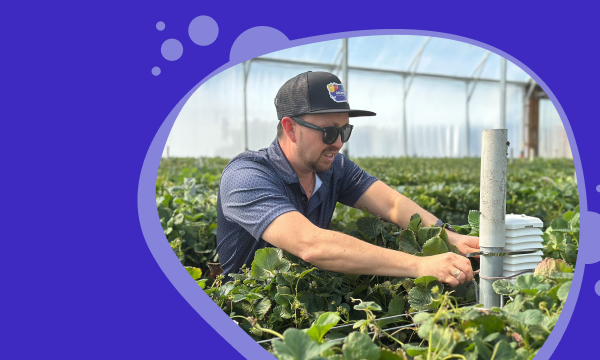
- ARTICLE
- CROP MANAGEMENT
How Climate Insight Levels the Protected Cropping Field
Daniel Than, Customer Success Director at WayBeyond, explains why actionable climate insight—not...
12.03.2024 | 5 min read
Frost can devastate blueberry crops, leading to significant economic losses. By harnessing digital agronomy growers are able to stay vigilant and aware of potential frost events, and can act accordingly to mitigate the impact of frost on their blueberry plants.
While much of berry production in North America remains open-field, Europe and Northern Africa lead the way in covered cropping for blueberries. Growing in tunnel houses provides many advantages:
Despite being cultivated in tunnel houses, blueberries are highly susceptible to cold temperatures, particularly during budding, blossoming, and fruit development. Even brief exposure to frost can cause irreversible damage to the delicate plant tissues, compromising overall plant health and reducing yield potential.
During the budding stage for example, frost can damage emerging flower buds, resulting in reduced fruit set and yield potential. Similarly, frost during the flowering stage can kill blossoms, preventing pollination and fruit formation, ultimately leading to crop loss.
For highbush blueberries crop loss is likely to occur when temperatures drop below -2.2°C (28°F). The extent of freeze injury onset varies depending on the developmental stage.
A blueberry plant’s tolerance for cold generally decreases as flower bud swell progresses. Exposed flowers are damaged at temperatures below -6.7°C (20°F), and complete flowers are killed at temperatures below -3.9°C (39°F).
Blueberry blossoms may sustain corolla damage at temperatures below -1.1°C, affecting pollination and fruit development. Damage occurs at temperatures of -2.8°C (27°F) when blossoms are open. The plant is most sensitive during the period after corolla drop but before berry swelling, with a just a few minutes of exposure below -2.2°C (28°F) needed to cause significant damage. Enlarging berries are similarly susceptible at this temperature.
For blueberries, frost damage may not always be readily apparent. After exposure to harmful temperatures, complete flowers or small fruits may develop a water-soaked appearance, shrivel, and eventually drop. However, even a brief period of cold can result in damage solely to the pistil. In such cases, the damaged pistil or a portion of it may turn brown, hindering pollination and fruit set.
Ovules, which mature into seeds within the berry, can also be harmed without any external signs. Healthy ovules are typically plump and white, but cold injury can cause them to turn black. If a significant number of ovules or young seeds are blackened, it is likely that the flower or fruit will fall off. Conversely, if only a few ovules are damaged, fruit development usually continues, albeit with delayed ripening and smaller size compared to berries with a greater number of healthy seeds.
Additionally, frost during fruit development can cause physical damage to the berries themselves, resulting in reduced size, quality, and overall marketability of the harvest. Understanding the specific effects of frost at each stage of blueberry growth is essential for growers to implement targeted protective measures and minimize crop damage.
In today's tunnel house farms, growers utilize a variety of digital agronomy tools and technologies to monitor and manage frost risk. One such farm is African Blue, Morocco’s largest producer of blueberries.
Previously, African Blue’s frost management practices required teams to travel to the farms to take manual readings on site. This was less than ideal as there are large distances between African Blue’s farms – sometimes as much as 45 minutes drive on poor roads – so this practice was both time and labour intensive.
African Blue wanted a more efficient solution for remotely monitoring crop risk during potential frost events, eliminating the need for on-site visits to make timely decisions.
One of the first discussions African Blue had with WayBeyond was this need for accurate and remote measurement of climate to anticipate risk of frost and disease.
 African Blue's Horticultural Manager, Aziz El Kahlaoui.
African Blue's Horticultural Manager, Aziz El Kahlaoui.
The FarmRoad digital agronomy solution was installed which included climate sensors in the tunnels in their farms. The sensors placed strategically throughout the tunnel house provided real-time data on air temperature, humidity and other environment metrics enabling African Blue to track fluctuations and anticipate potential frost events. African Blue also used these climate sensors to set up WhatsApp alerts in FarmRoad for when frost was imminent.
These digital agronomy tools gave African Blue the ability to make the decision to deploy heaters and potentially vents in the greenhouses that were threatened, or not, based on the data and without having to travel to the farm.
This streamlined approach resulted in significant savings for the growers in terms of staff time, fuel, and resources. Additionally, it empowered senior managers by providing real-time awareness of ongoing activities, enabling them to verify that timely and informed decisions were consistently being made.
Horticultural Manager, Aziz El Kahlaoui explained:
“Before, if the weather forecast indicated frost, my team would have to travel to the farms and manually check the temperature.“
“But now – with the alerts via WhatsApp we can more successfully manage our response to potential frosts and disease-risk. For me, and also for other senior managers it's a help to have these sent to my phone so I can check with the farm manager that they are making the right decisions for the situation.”
Since deploying FarmRoad, African Blue have enjoyed improved harvests and greater efficiency in the allocation of staff and resources.
To mitigate the risk of frost damage, blueberry growers can implement a variety of proactive measures. Installing frost protection systems such as overhead irrigation, wind machines, or heaters can help raise temperatures and prevent frost formation within the tunnel house. But none of these are effective without real-time crop management software, like FarmRoad, to determine when these measures should be implemented. Only with a full picture of plant health, environment and farm performance can modern growers effectively protect their blueberry crops from the detrimental effects of frost and ensure a successful harvest in controlled environments.
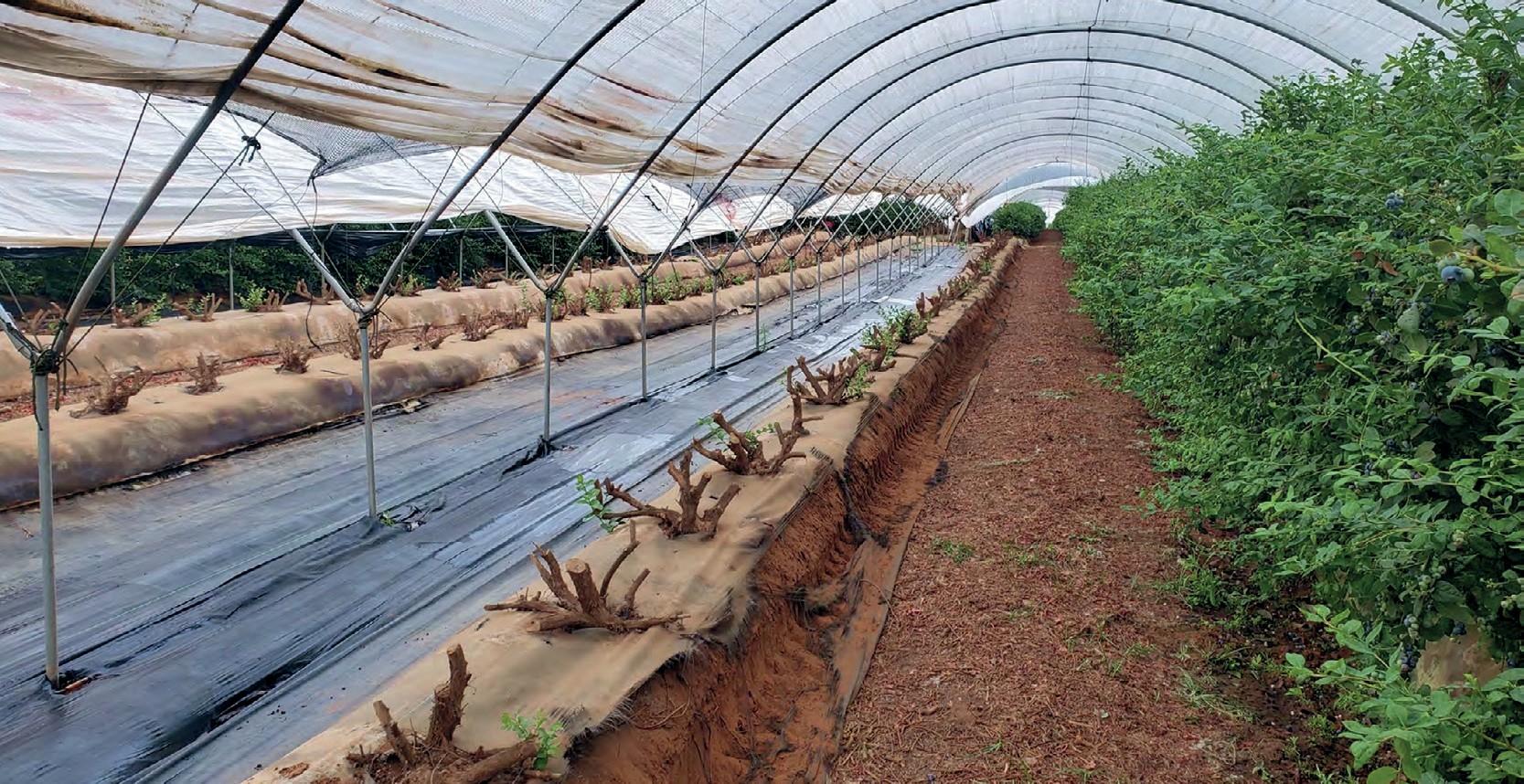 Using real-time crop management software like FarmRoad empowers growers to more effectively manage their frost risk.
Using real-time crop management software like FarmRoad empowers growers to more effectively manage their frost risk.

Daniel Than, Customer Success Director at WayBeyond, explains why actionable climate insight—not...
.png)
Learn how to manage weather-related risks for your crops using an early warning system such as...

WayBeyond’s new GrowPilot app brings artificial intelligence into the hands of small to...
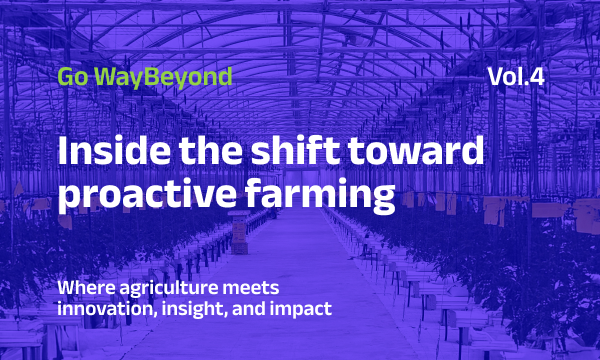
From cutting water use in drought-hit regions like Morocco to preventing thousands in losses from...
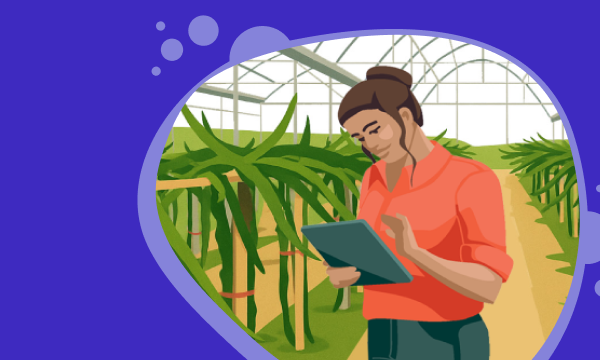
When faced with crop losses due to climate events and system failures, Eliven Tropical turned to...
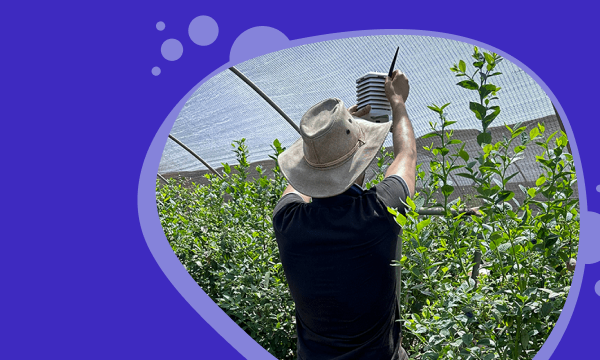
A leading Moroccan berry grower cut water use by 16% using climate data and ETo-based irrigation....
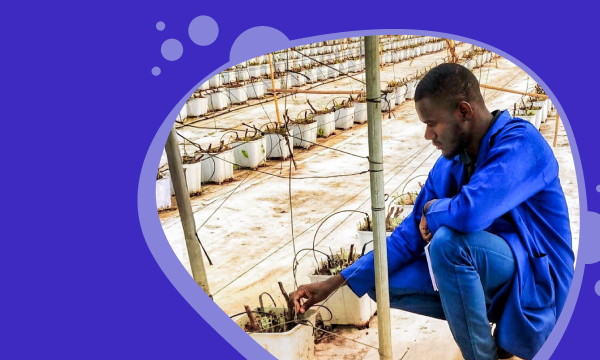
ETo forecasting is a simple but powerful tool for optimizing irrigation every day, in every season....
.png)
From breeding climate-resilient berry varieties in Australia to testing precision irrigation...
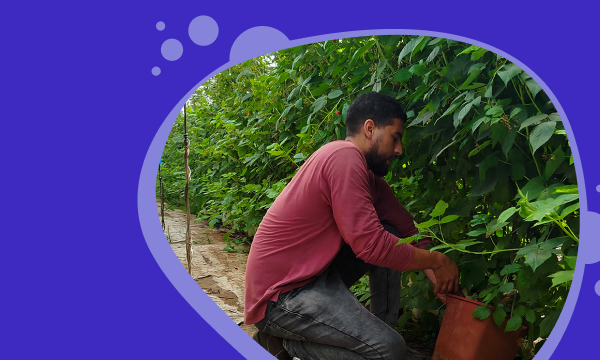
See the strategy behind evapotranspiration-based irrigation planning that helped a greenhouse...
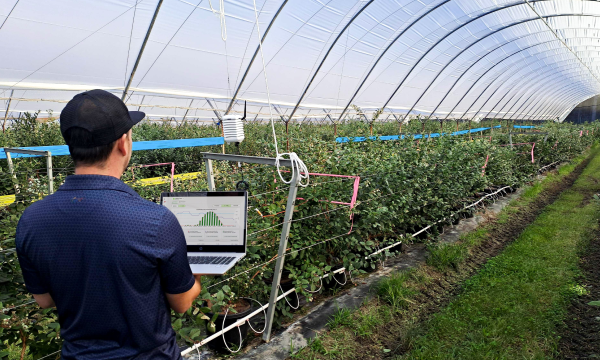
Costa Group is using WayBeyond’s FarmRoad platform to support its elite blueberry breeding program...
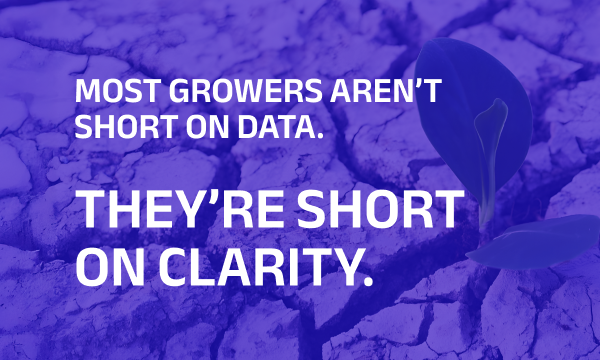
Soil systems around the world are under pressure. Pollution, climate extremes and unsustainable...

AgTech enters 2025 with strategic investments prioritizing long-term food security over quick...

Our newsletter explores the evolving world of agriculture through the lens of innovation, insight,...

Darryn shares how digital agronomy and AI-powered solutions help farmers optimize production,...

Learn how a people-first approach to change management empowers growers to successfully transition...
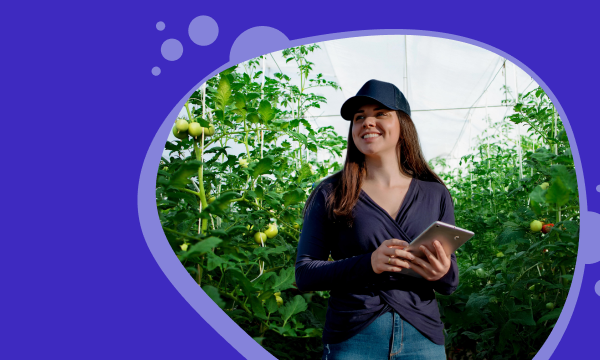
The grower's guide to using data for effective crop management. Get practical tips to achieve...

Darryn Keiller shares his thoughts on the urgent need to rethink farming, tackle regional...
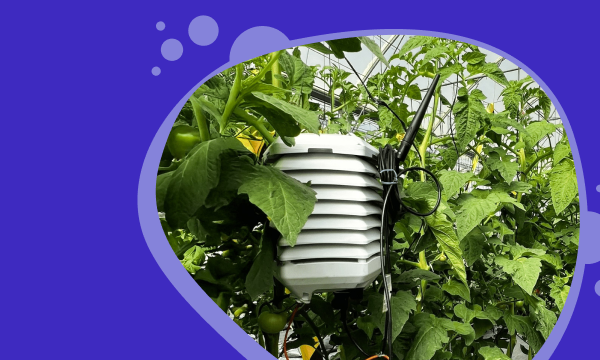
The HM.CLAUSE Kenya seed production team faced several challenges in optimizing their yield...

With late blight causing crop loss and large costs, Agrícola Chaparral turned to digital agronomy...

Learn how six key weather data points can help you make smarter irrigation decisions, conserve...

Two weeks, three countries, and ten customer farm visits later, Daniel Than, WayBeyond’s Customer...
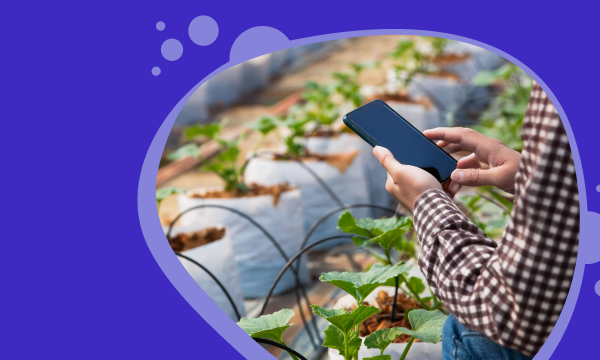
A smart approach to water management is key to helping growers tackle water scarcity and climate...

With over 470 ha of blueberry production, African Blue needed to unify farm data to improve crop...

What if tomato seeds were treated as commodities? This article explains how data and AI can help...
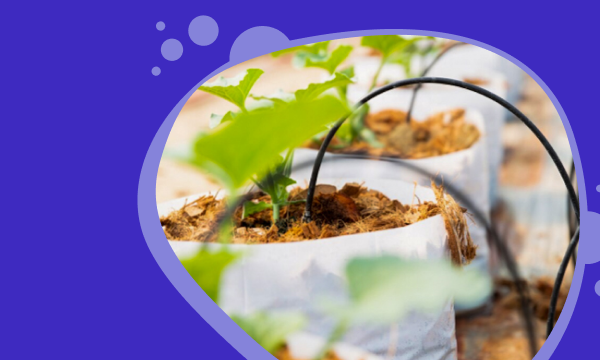
Uncover the vital role of drip and drain monitoring in optimizing drip irrigation farming.
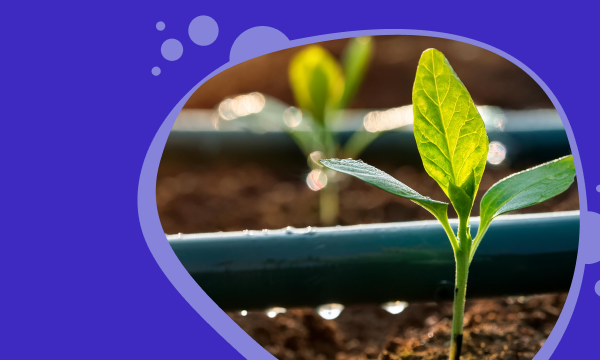
Explore how protected cropping growers can use data insights to drive smart irrigation practices.
.png)
Learn how Khawla Derstaouieh embraces digital agronomy to optimize irrigation, track pests, and...

Heatflation is rising food prices caused by extreme heat from climate change. How can protected...
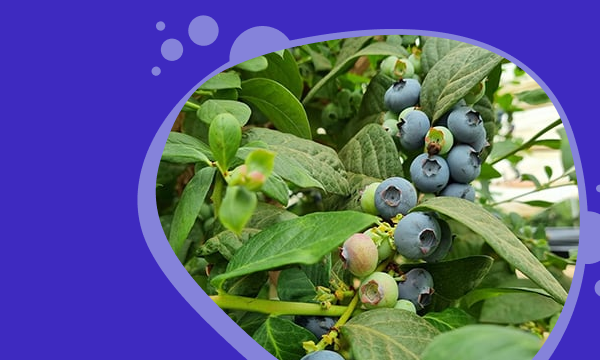
Heat stress is a significant concern for berry growers as it has both positive & negative effects...
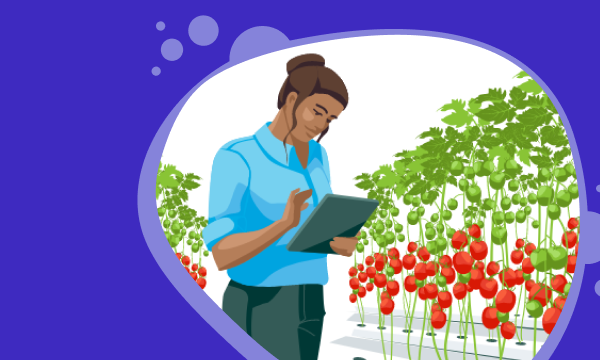
Do growers focus too much on high accuracy yield forecasting and miss key contextual indicators?

Discover how Sanaa Elmarini enhances decision-making in blueberry crop management at African Blue...

Practical solutions for today’s challenges in the world of horticulture. From real-time data to...
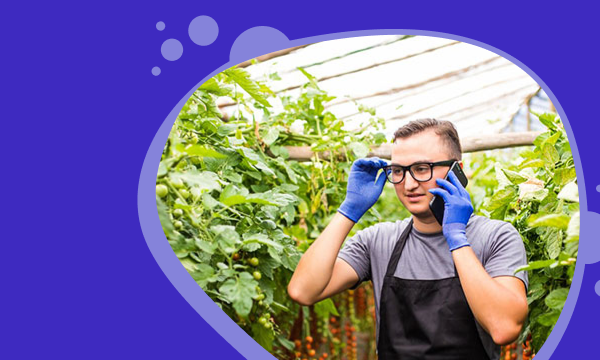
Real-time alerts play a vital role in empowering growers to make better crop management decisions.

Darryn addresses the importance of food security, how the pandemic showed a real vulnerability in...

Real world examples of common issues faced by growers that can be solved with real-time data,...
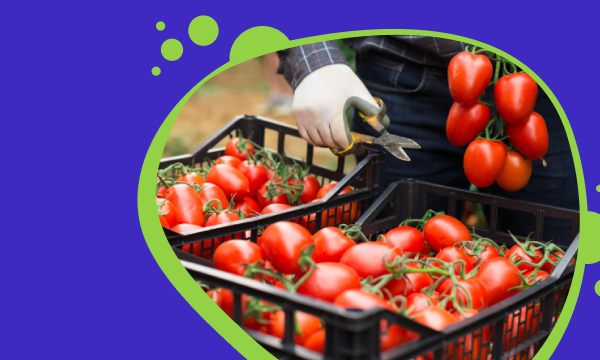
In this crop steering guide, you'll learn how to adjust environmental factors for ideal plant...
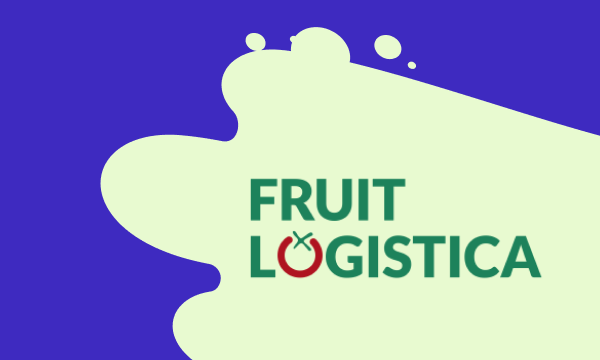
Fruit Logistica 2024 in Berlin wrapped last week, bringing to a close its biggest edition yet with...
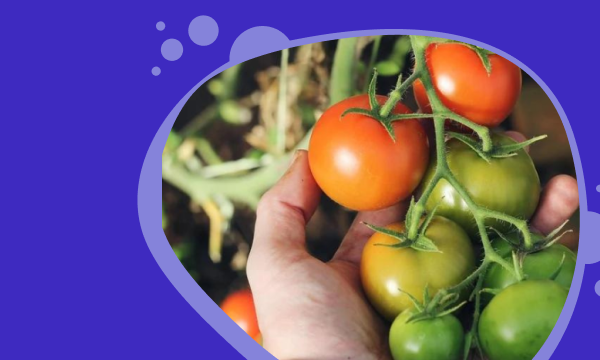
Discover strategies for maximizing crop yields by balancing generative/vegetative growth.
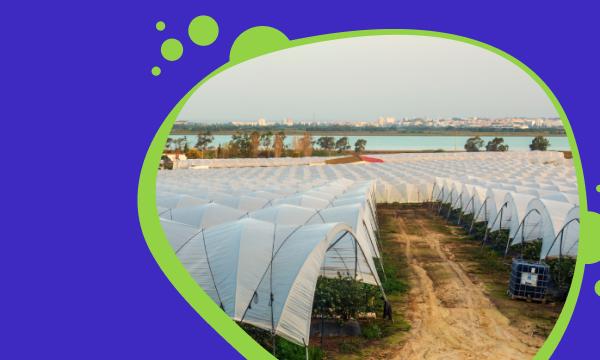
The protected crop growers guide to successfully managing your plants, team, practices and...

The future of farming may be indoors. We know that’s already happening for tomatoes and leafy...

Read our team's report on the 2023 Morocco Berry Conference, held in Agadir.

Learn how interpreting crop yield prediction with contextual data improves decision-making and...

WayBeyond's team share first impressions, general observations and key takeaways from Fruit...

SaaS adoption in horticulture: discover challenges and pitfalls for both growers and technology...

Frost devastates blueberry crops, leading to significant economic losses. By harnessing digital...
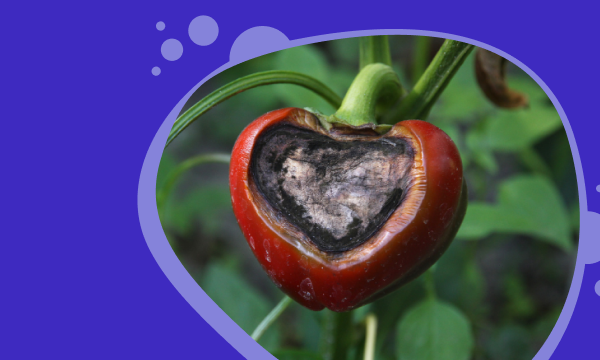
Digital agronomy insights helps tackle crop loss, production variations, and declining yield by...

Lee Kirsopp challenges the need for high accuracy yield prediction. Can other data provide better...

Insights and reflections from the WayBeyond team at GreenTech Americas 2023, held in Querétaro,...

3 production problems that can be solved by collecting data: cross loss from disease, poor crop...
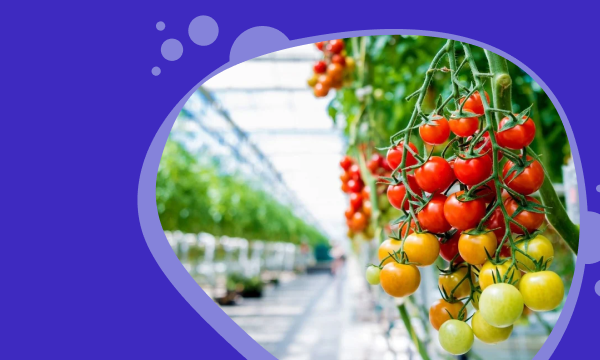
WayBeyond's study unveils factors behind yield swings and proposes an alternative to improve yield...
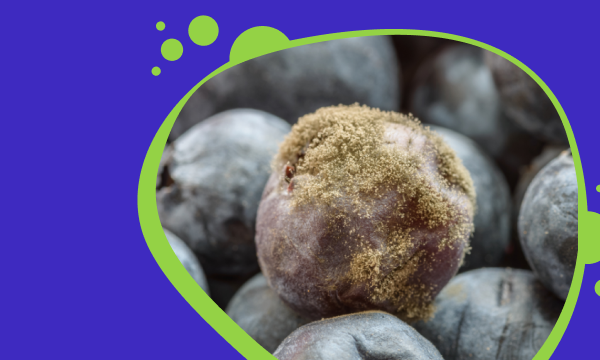
Discover the true cost of a fungal disease outbreak in crops, how to respond and the financial...

With protected agriculture on the rise, Mexico is ripe for the next wave of tech innovation.
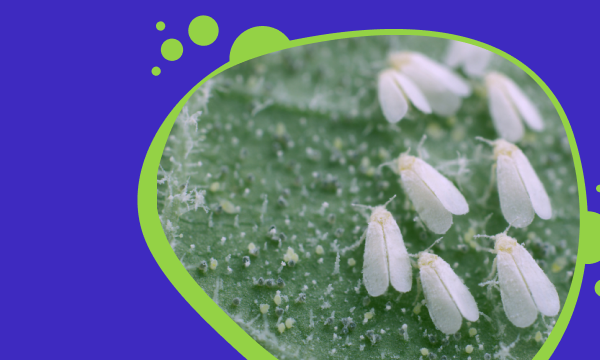
Get insights on Integrated Pest Management planning for effectively managing infestations.
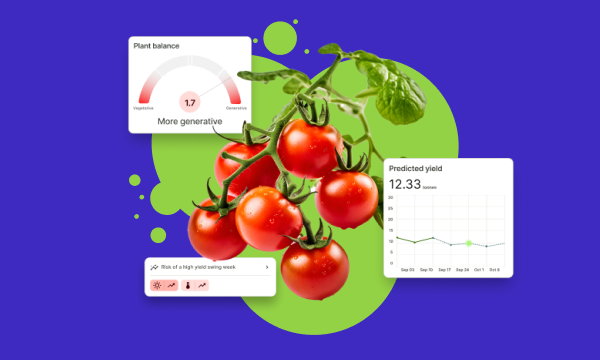
Learn the challenges and potential of AI and machine learning in agriculture for sustainable crop...
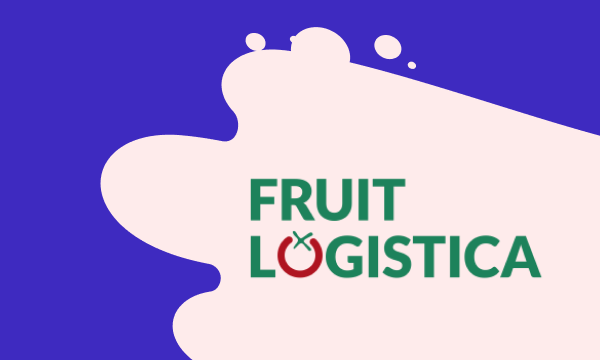
Read the round up of Berlin Fruit Logistica 2023 from the WayBeyond team on the ground.
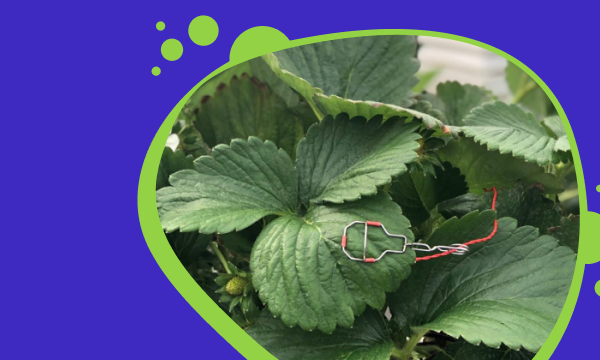
Learn how to manage plant stress and improve crop performance with Vapour Pressure Deficit.
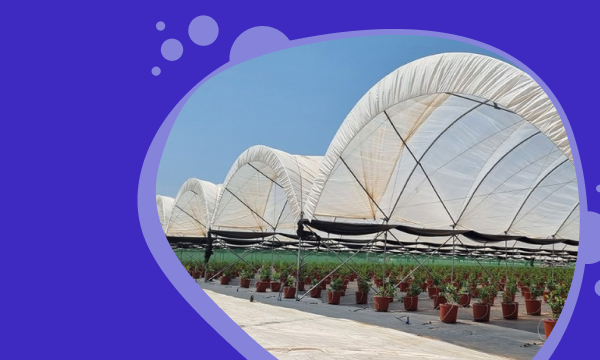
Harnessing FarmRoad enabled to monitor the status of their crops and the farm as a whole and...
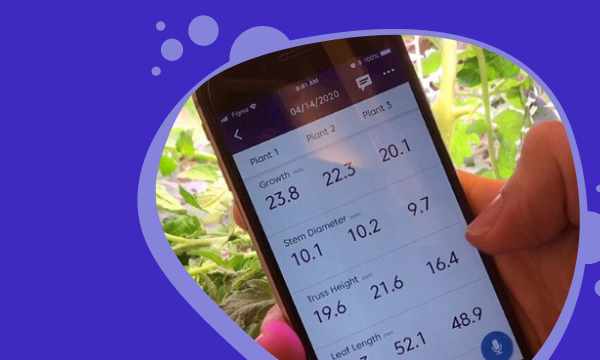
Why do growers use crop registration and how does it benefit crop management practices?

Our food systems face uncertainty in the wake of Climate Change. Cyclone Gabrielle highlighted the...
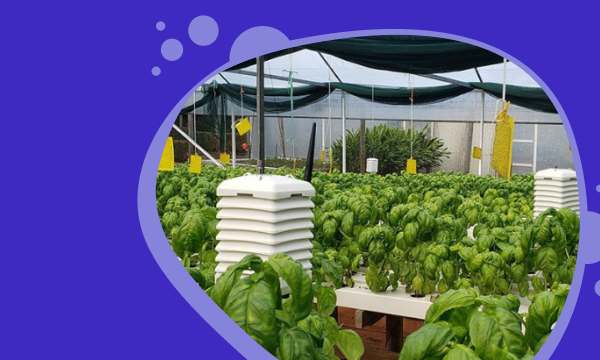
Growers require frequent and detailed climate data and crop status visibility to get the best from...
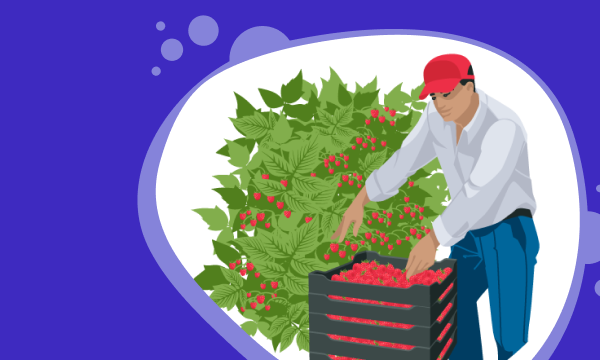
The agronomist at Season Farms noticed a drop in production and turned to WayBeyond's digital...

Plant pathology is the study of plant diseases and how they interact with plants. In this in-depth...
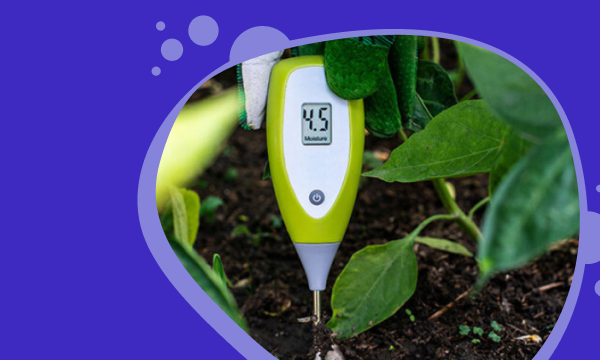
While the popularity of hand held moisture meters for plants shows no signs of abating, there are...

Lotte Bayly shares about her career journey, navigating gender bias, and her views on gender...
Champions of crop management.
Giving commercial growers the power to make better crop management decisions and optimize crop outcomes.
Solutions
Customers
©2025 WayBeyond. All Rights Reserved.